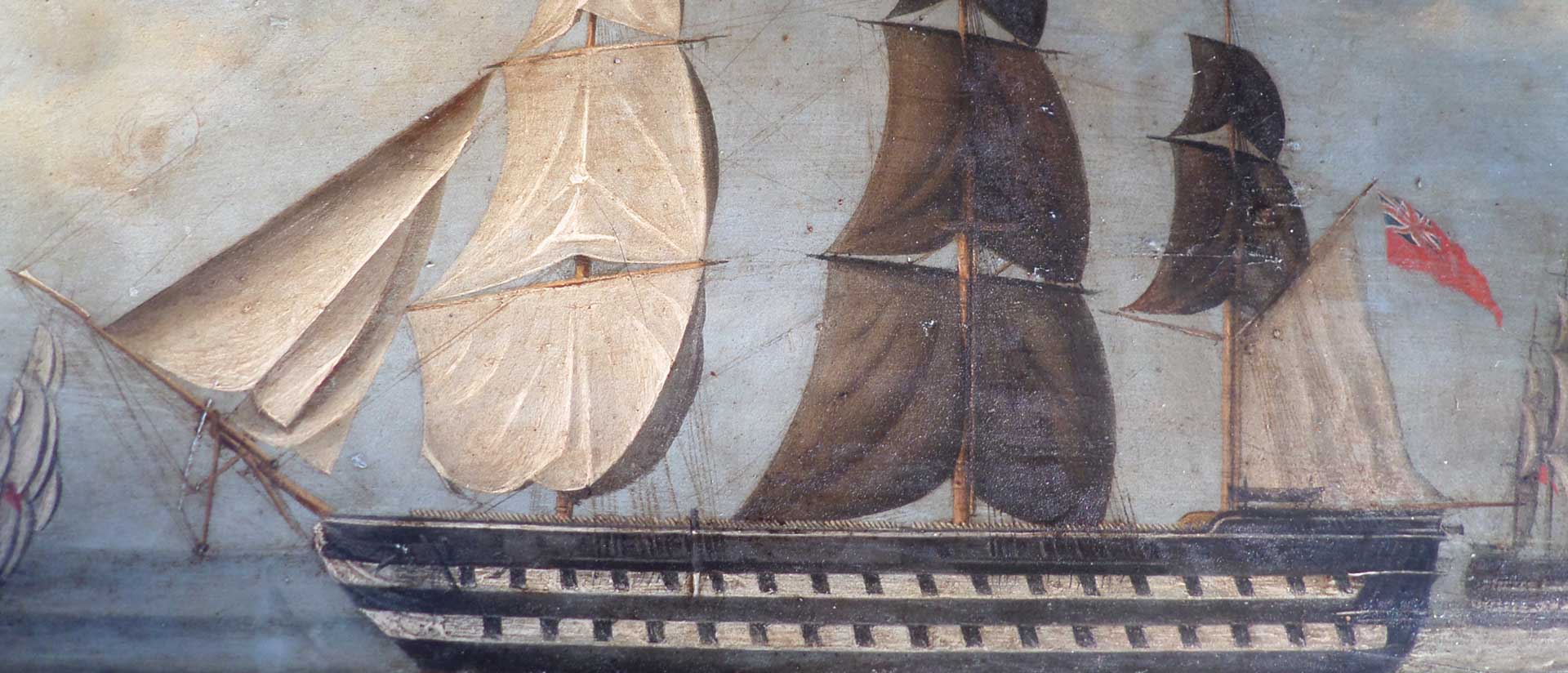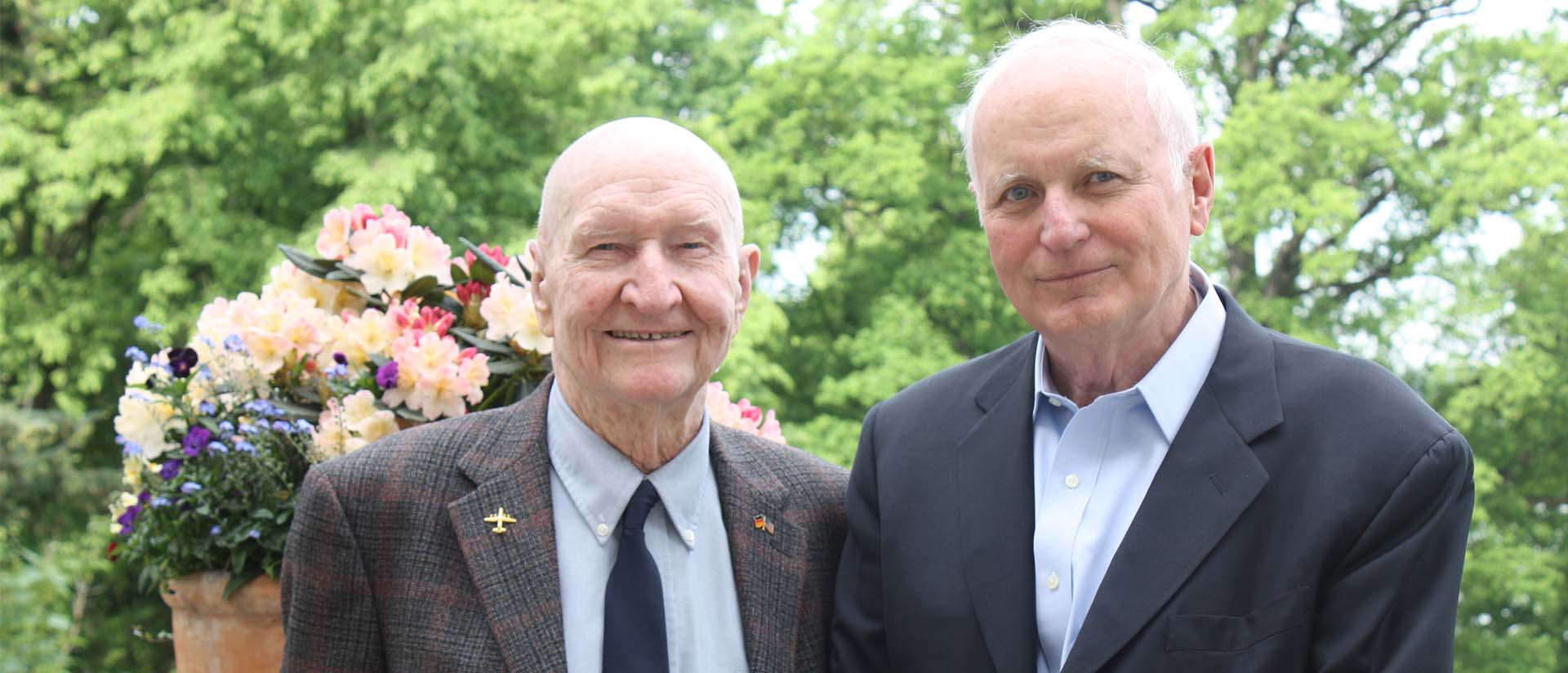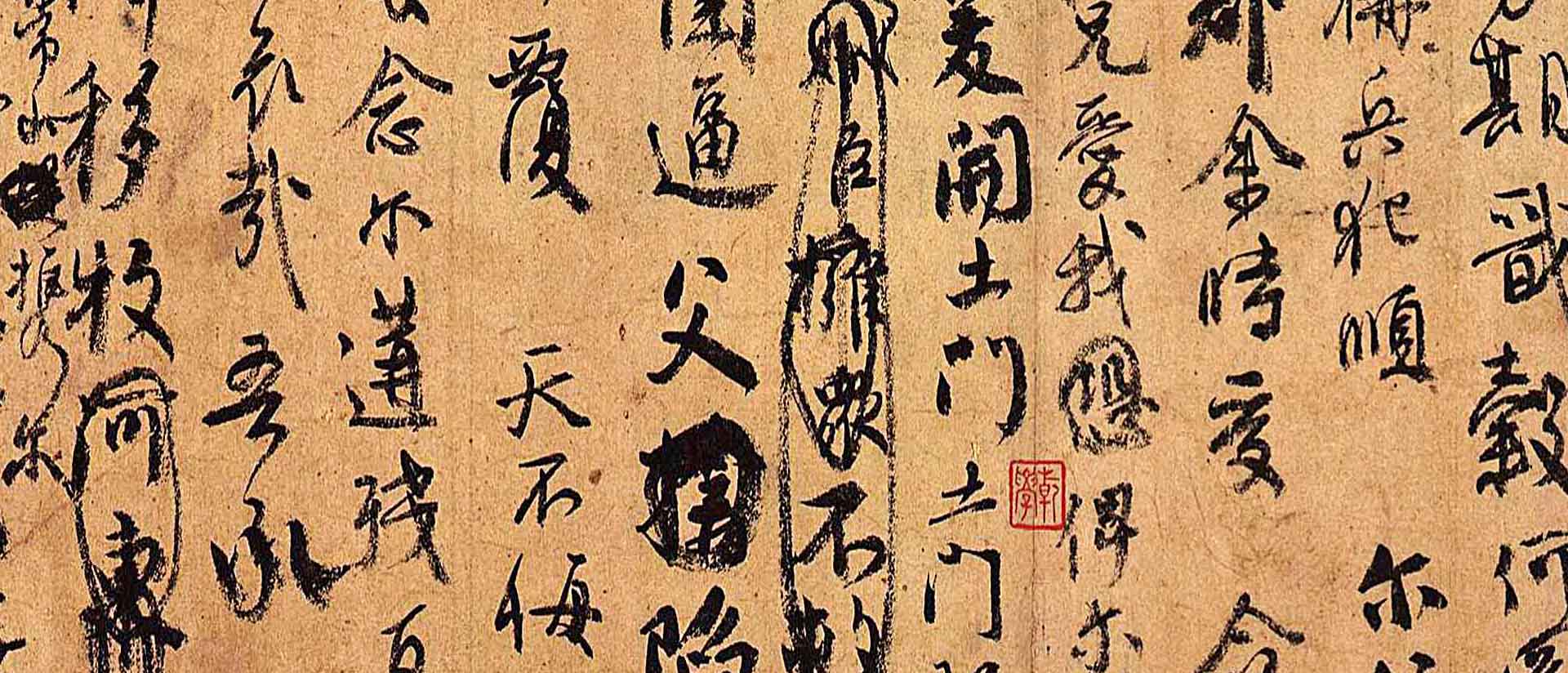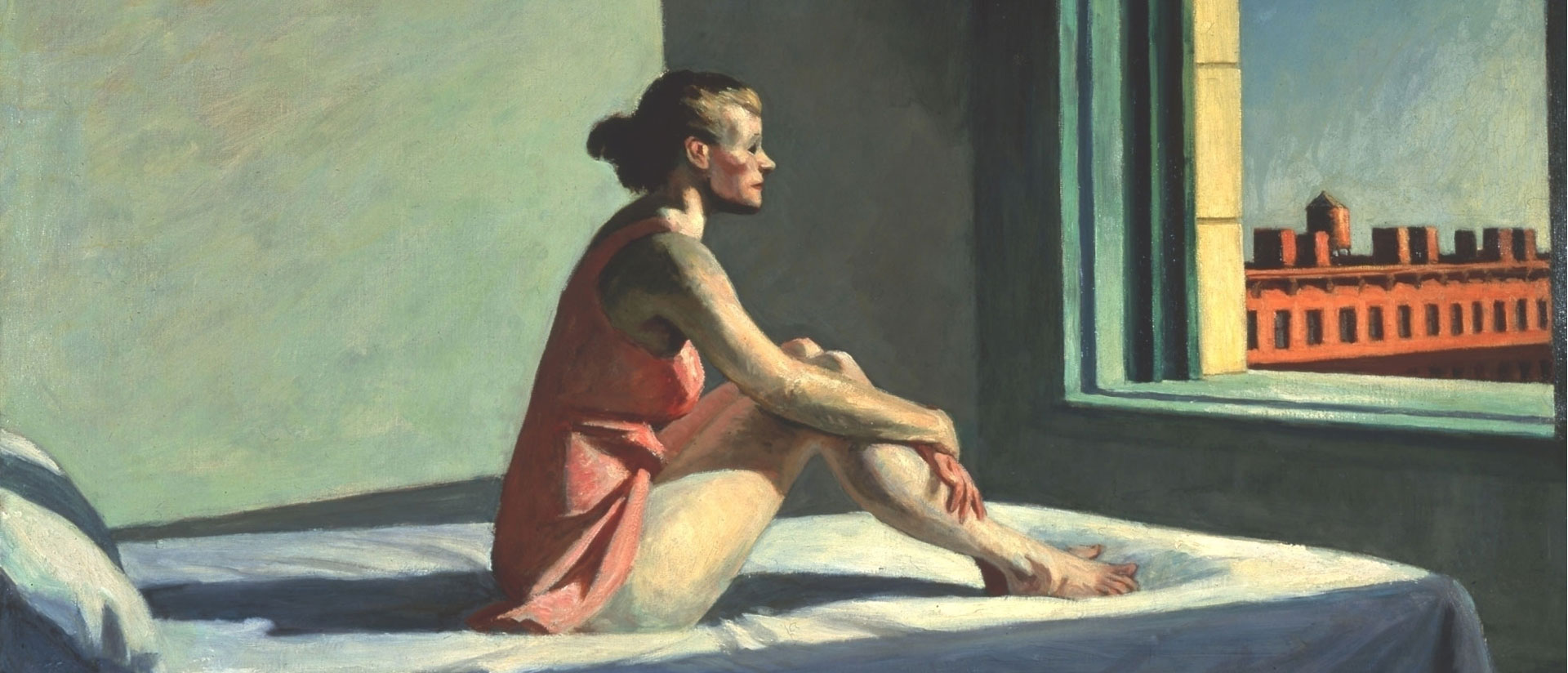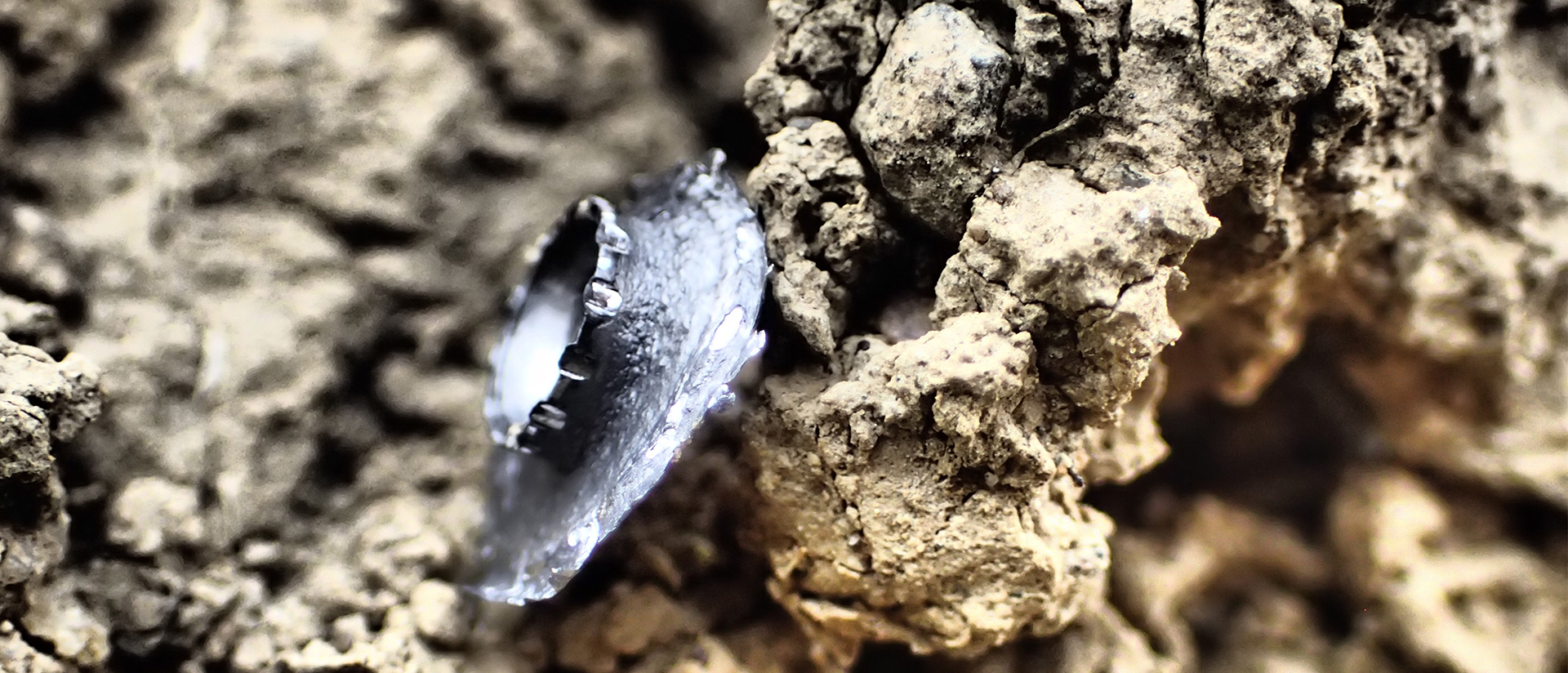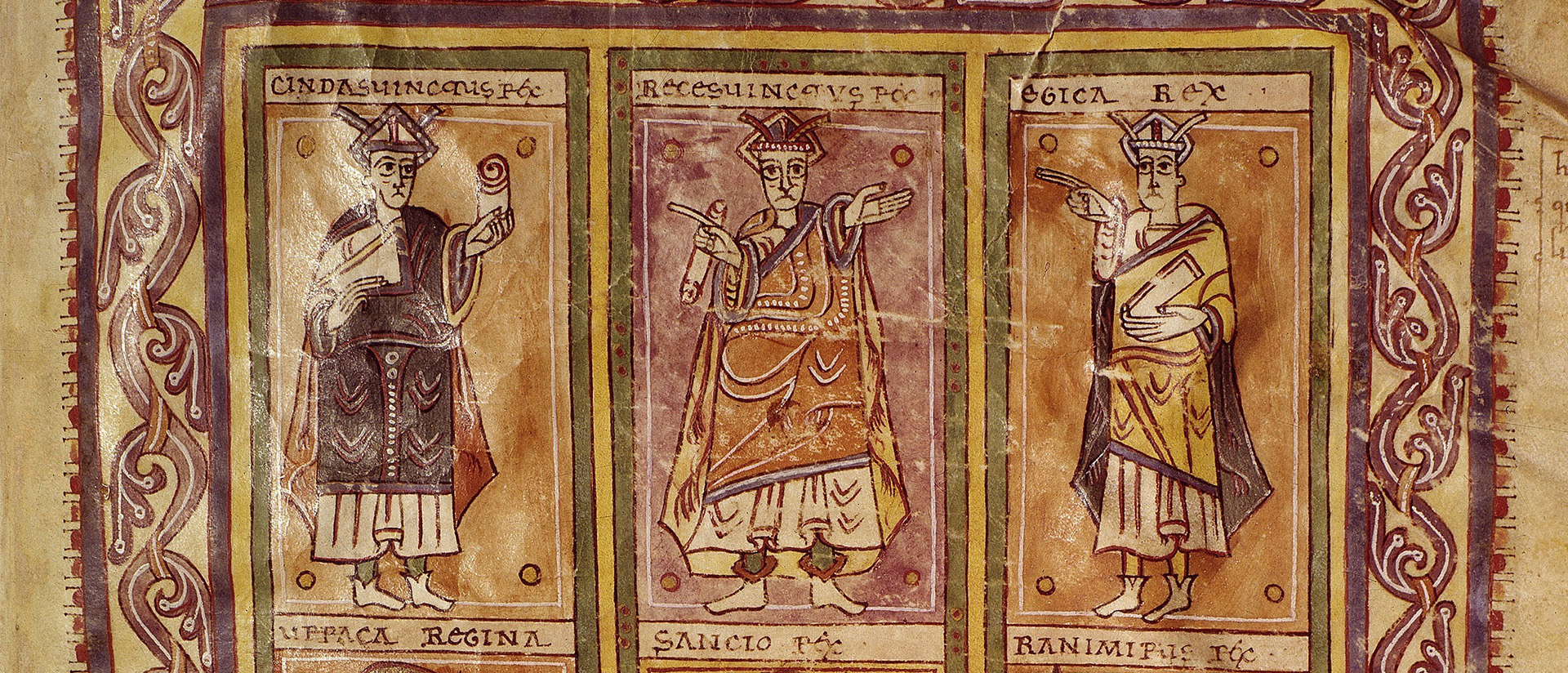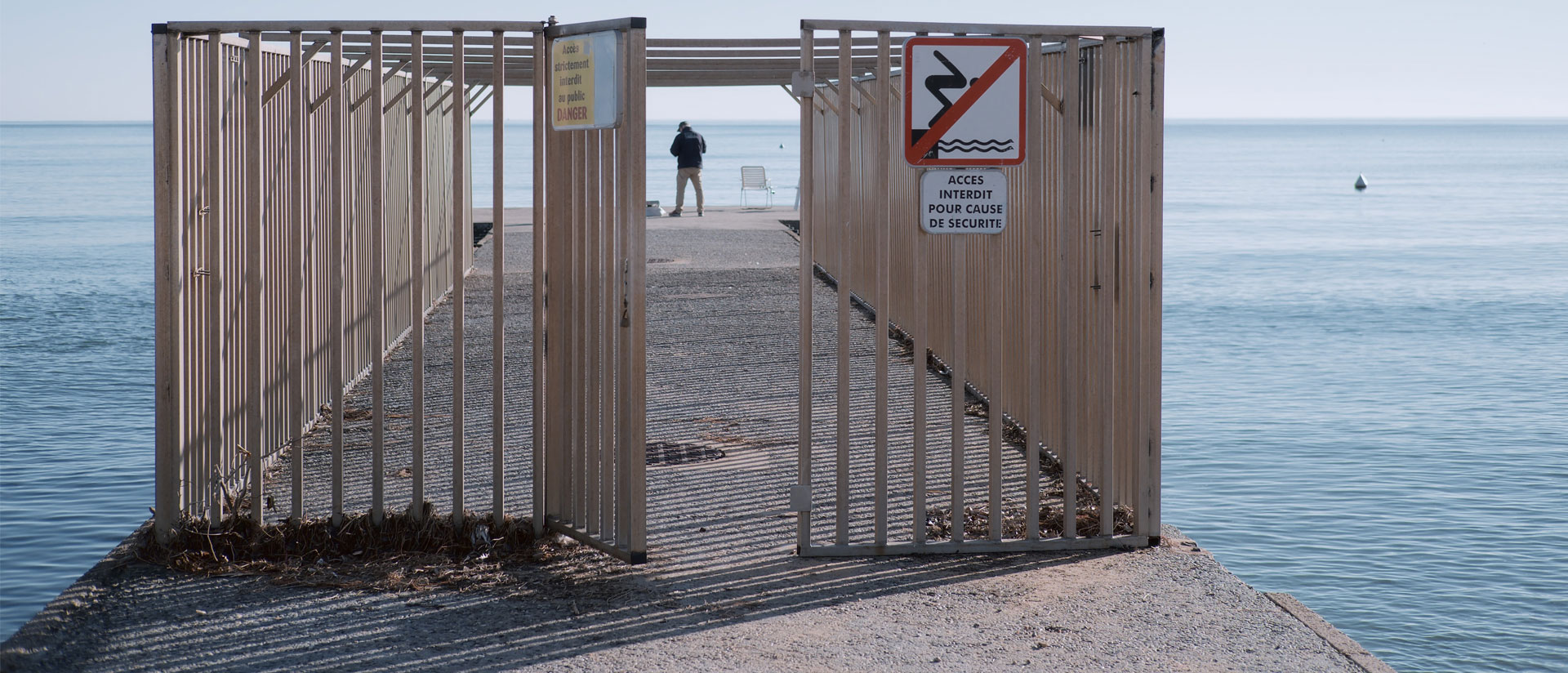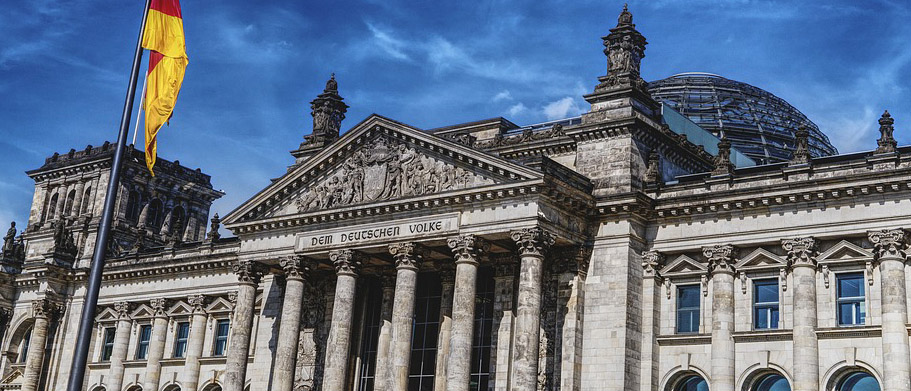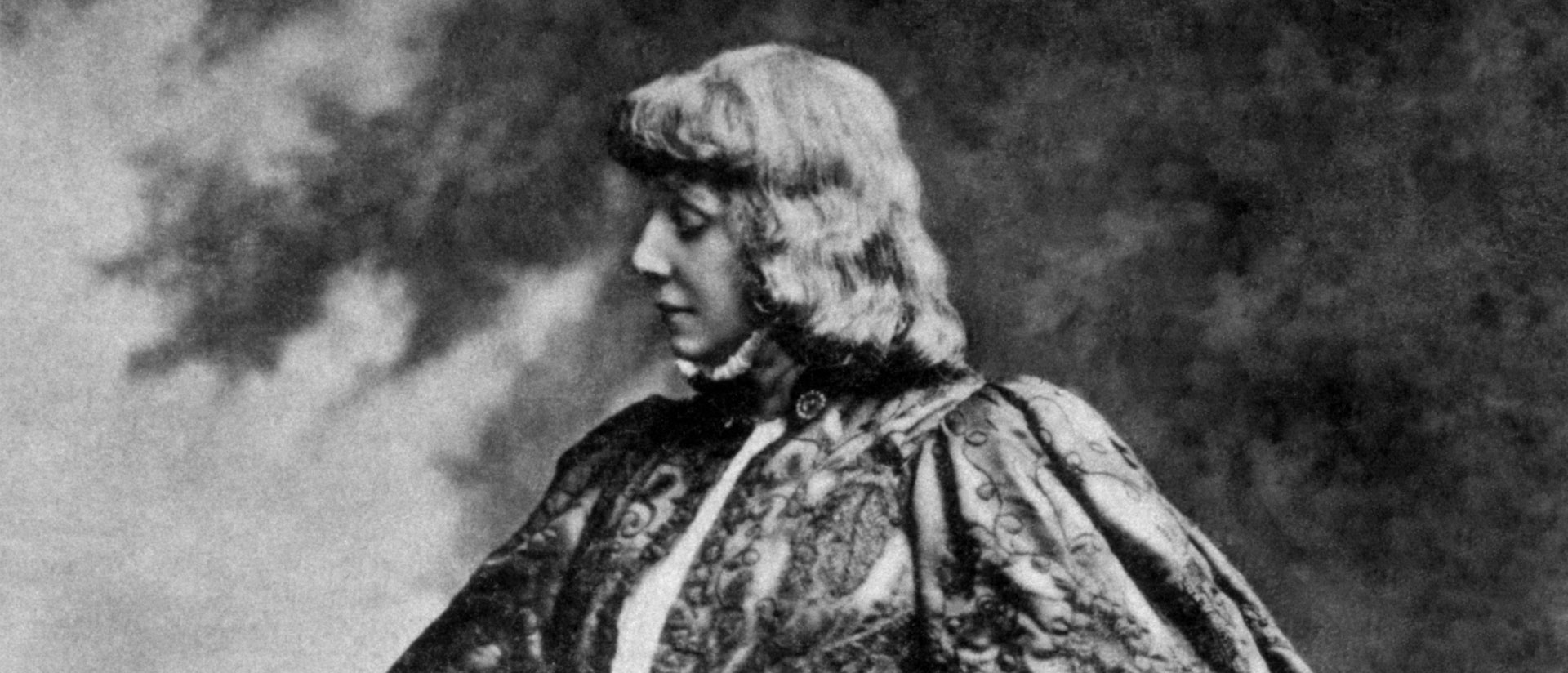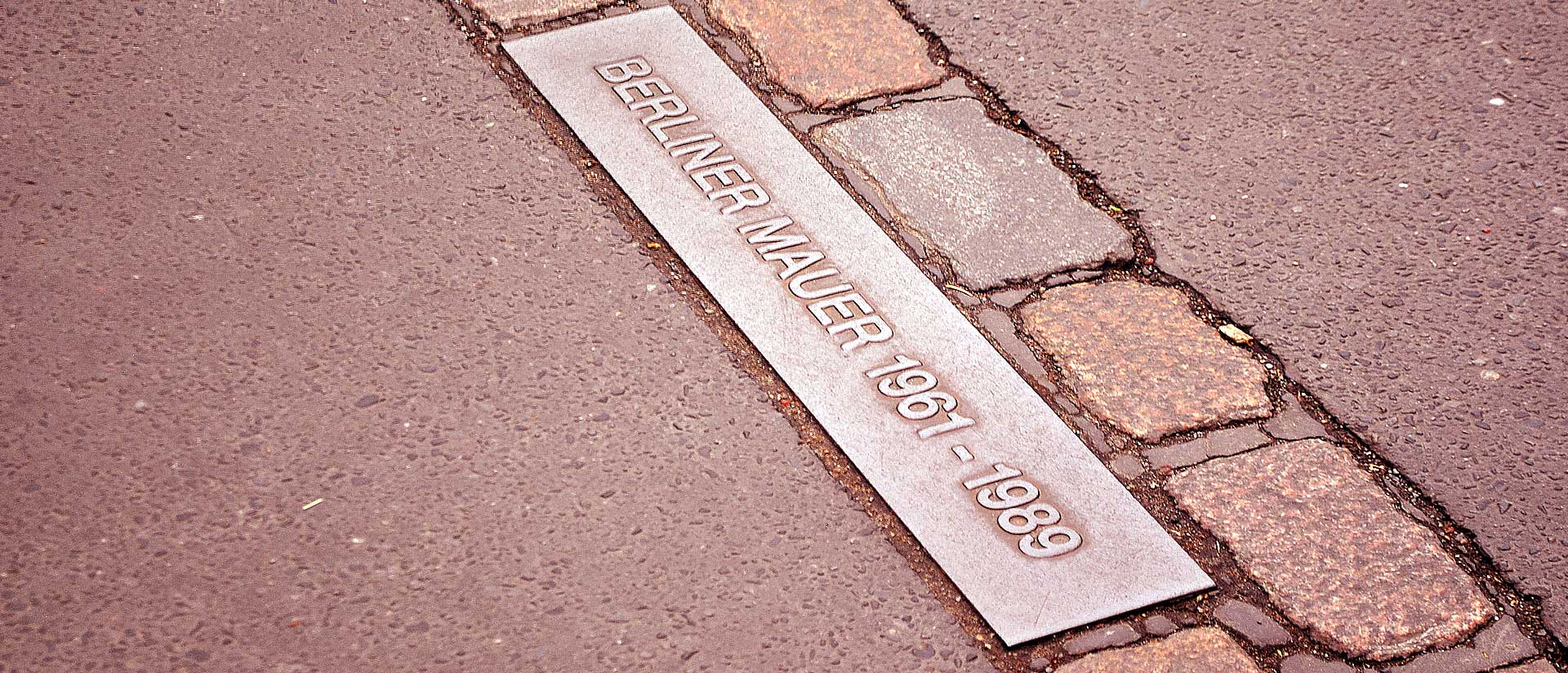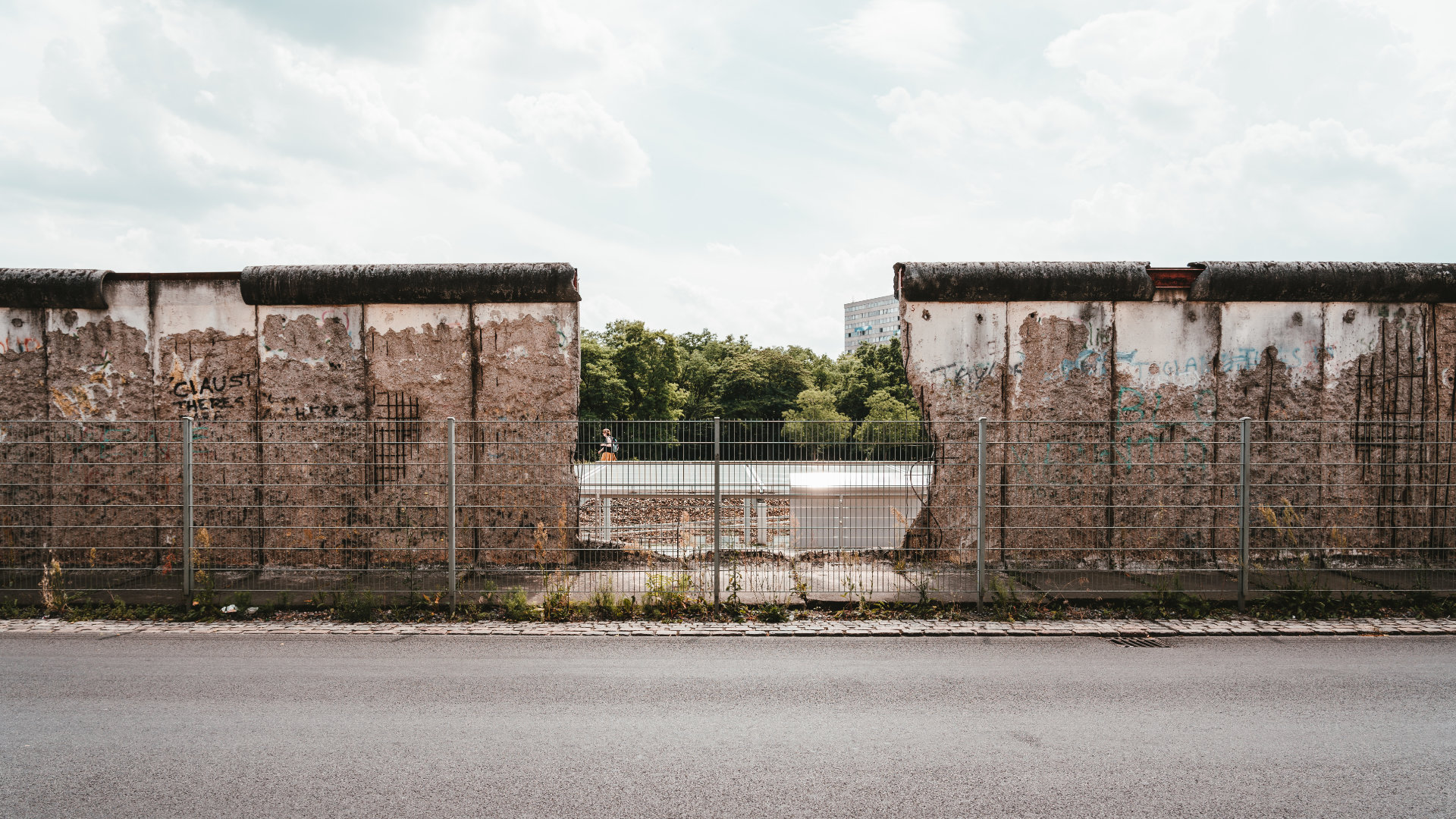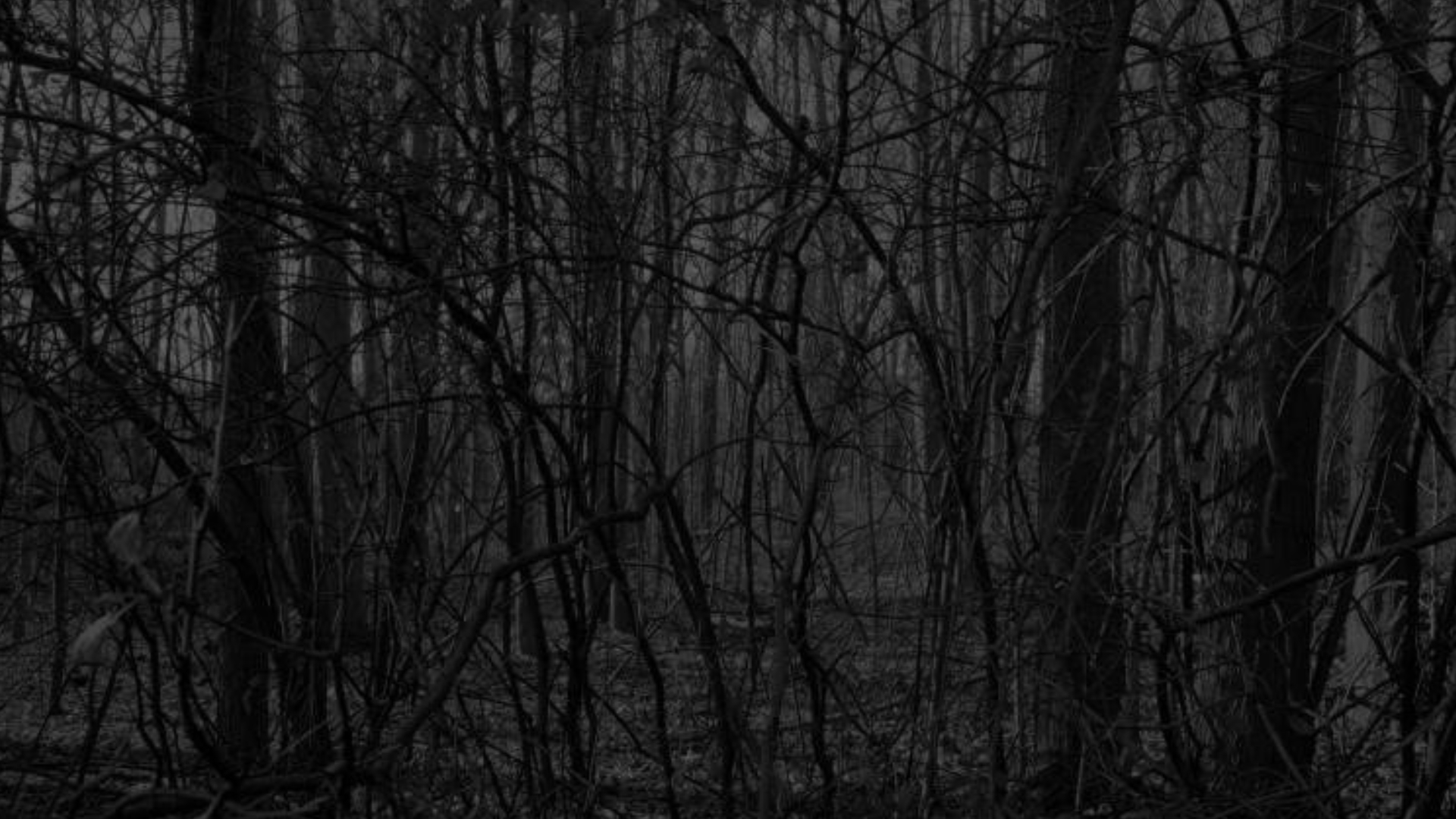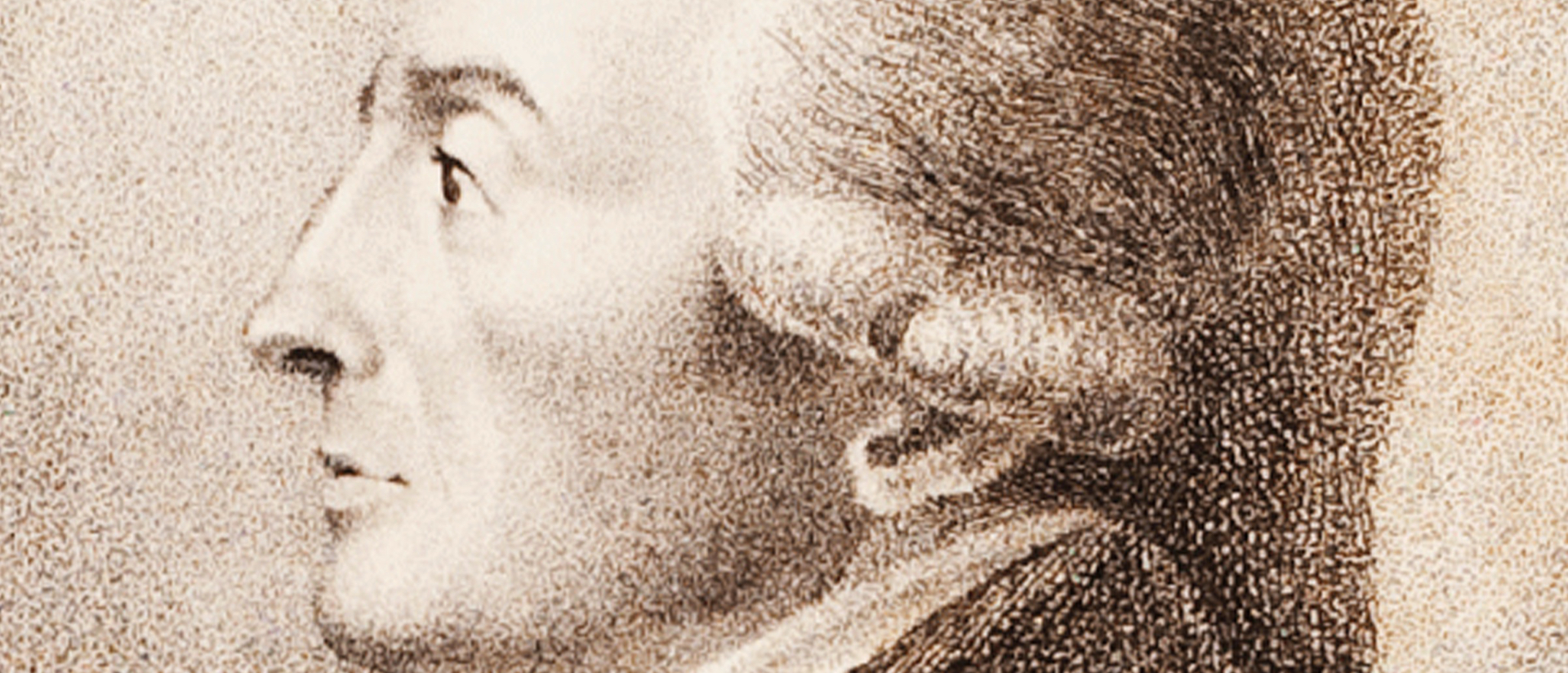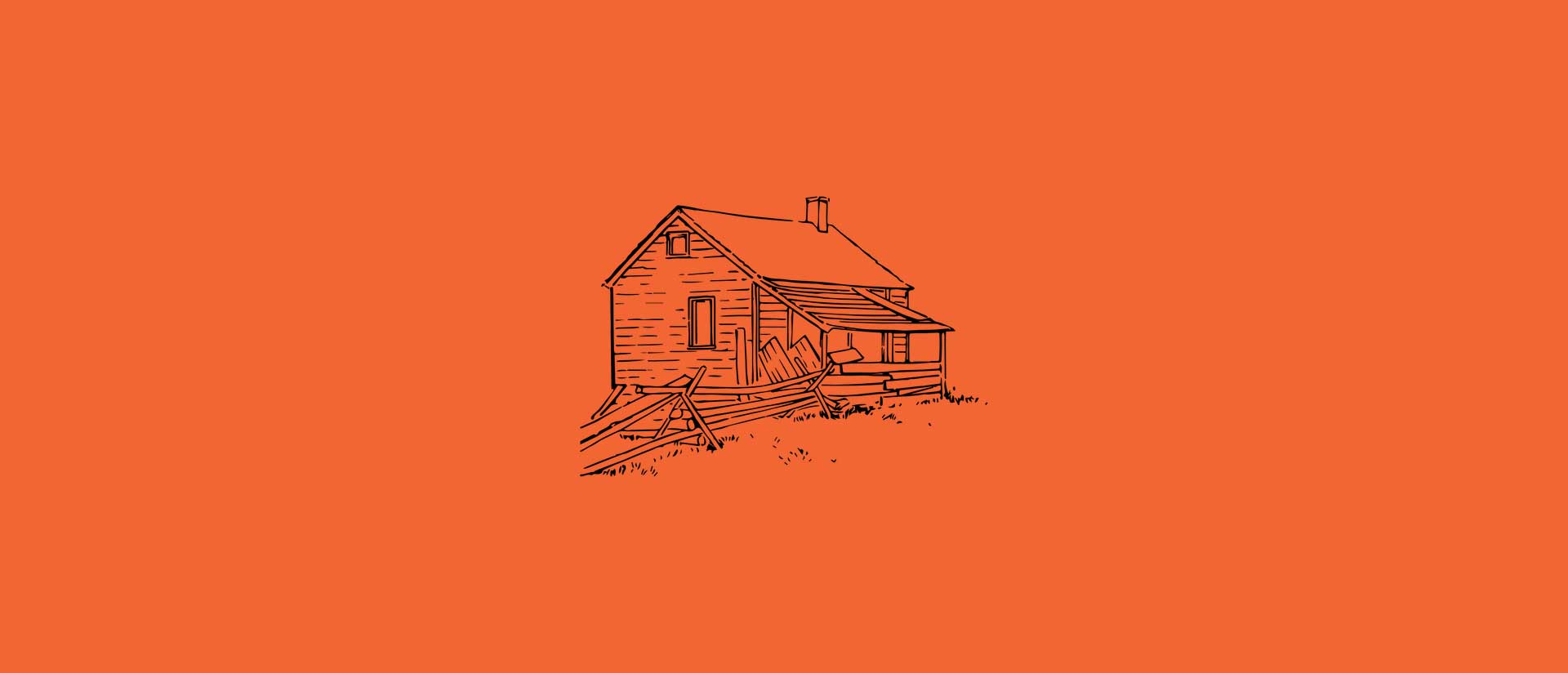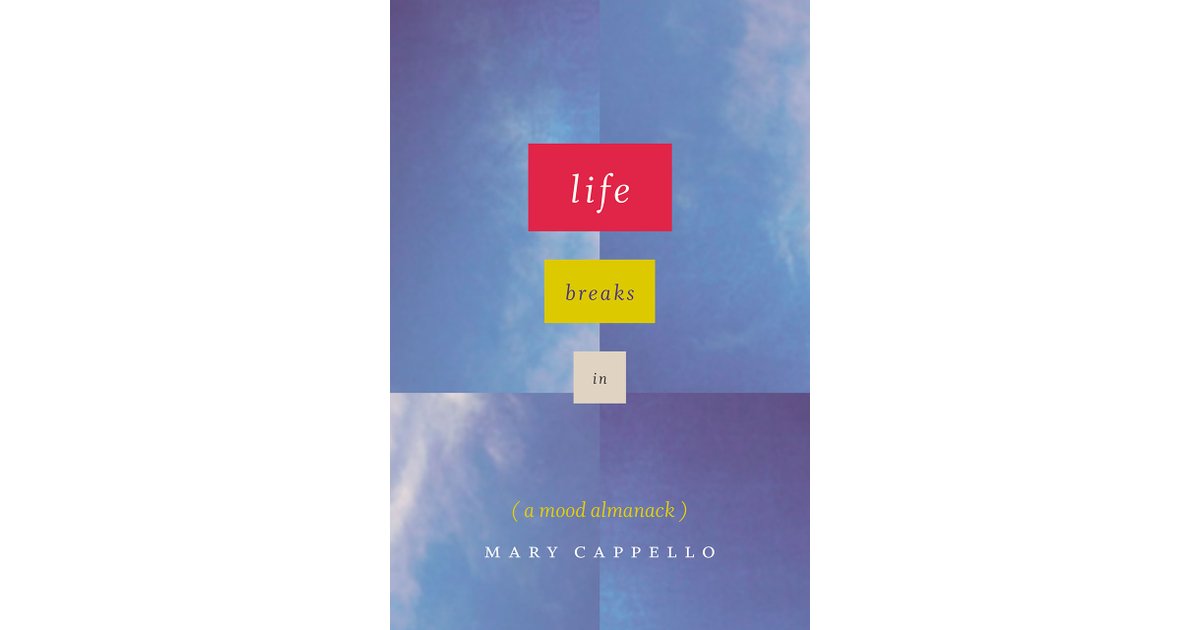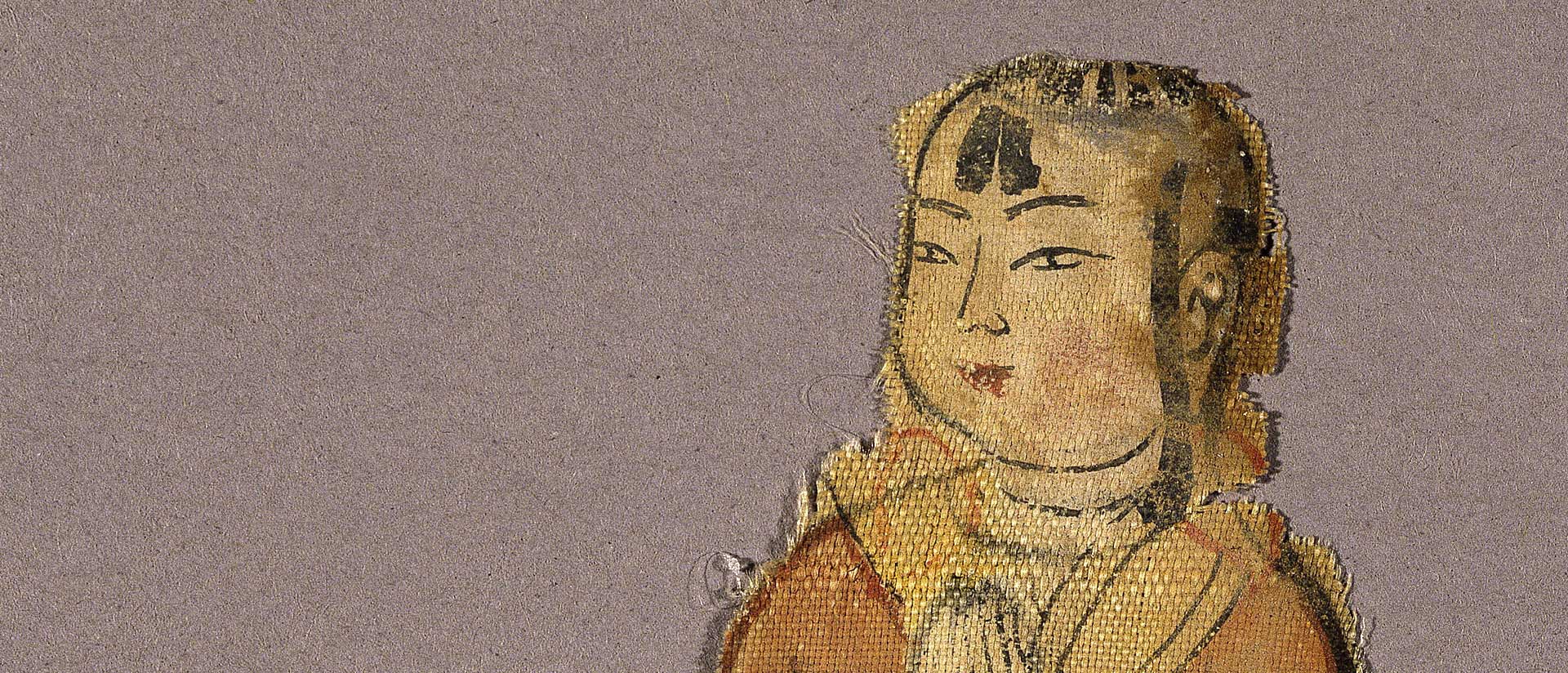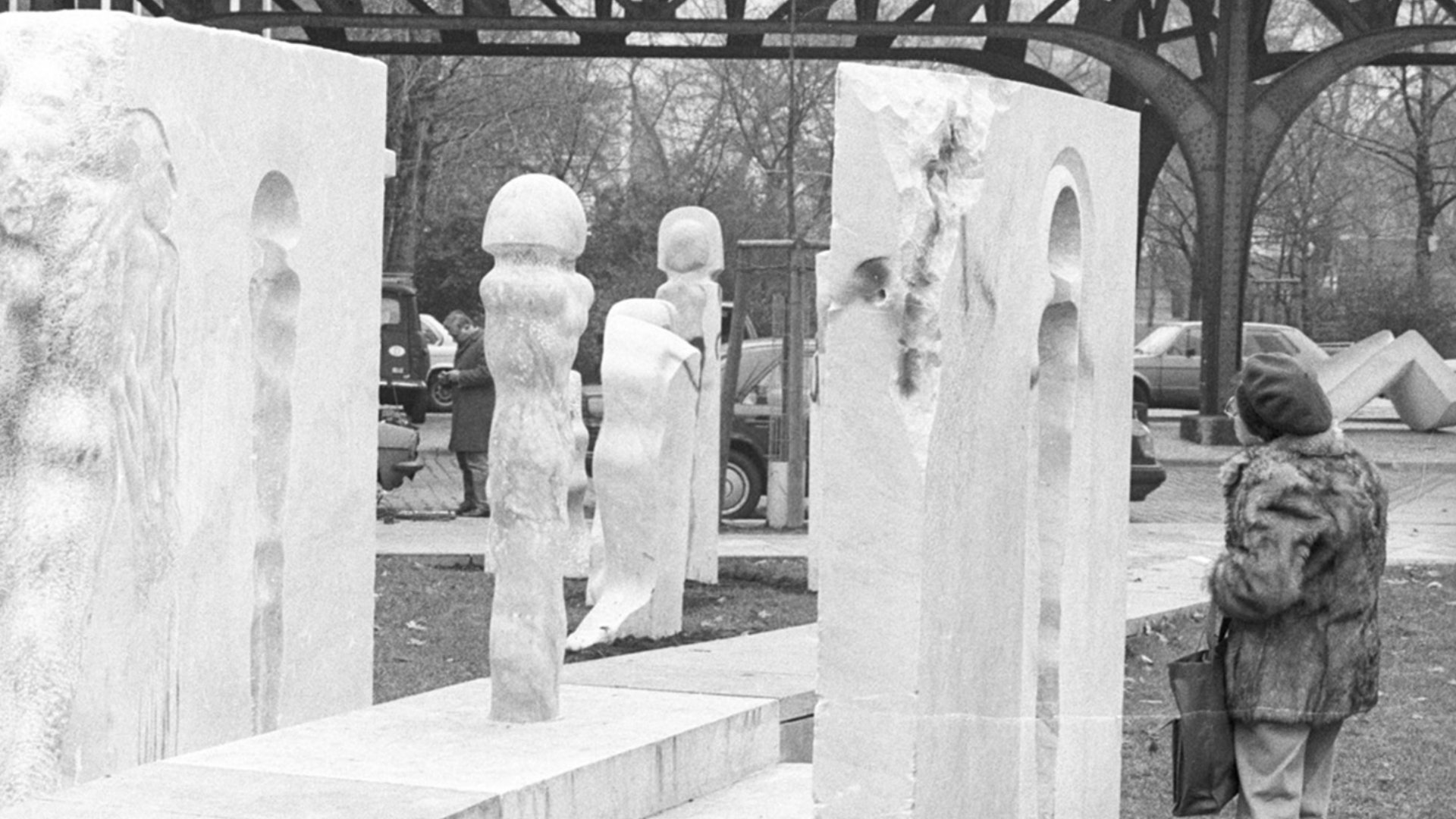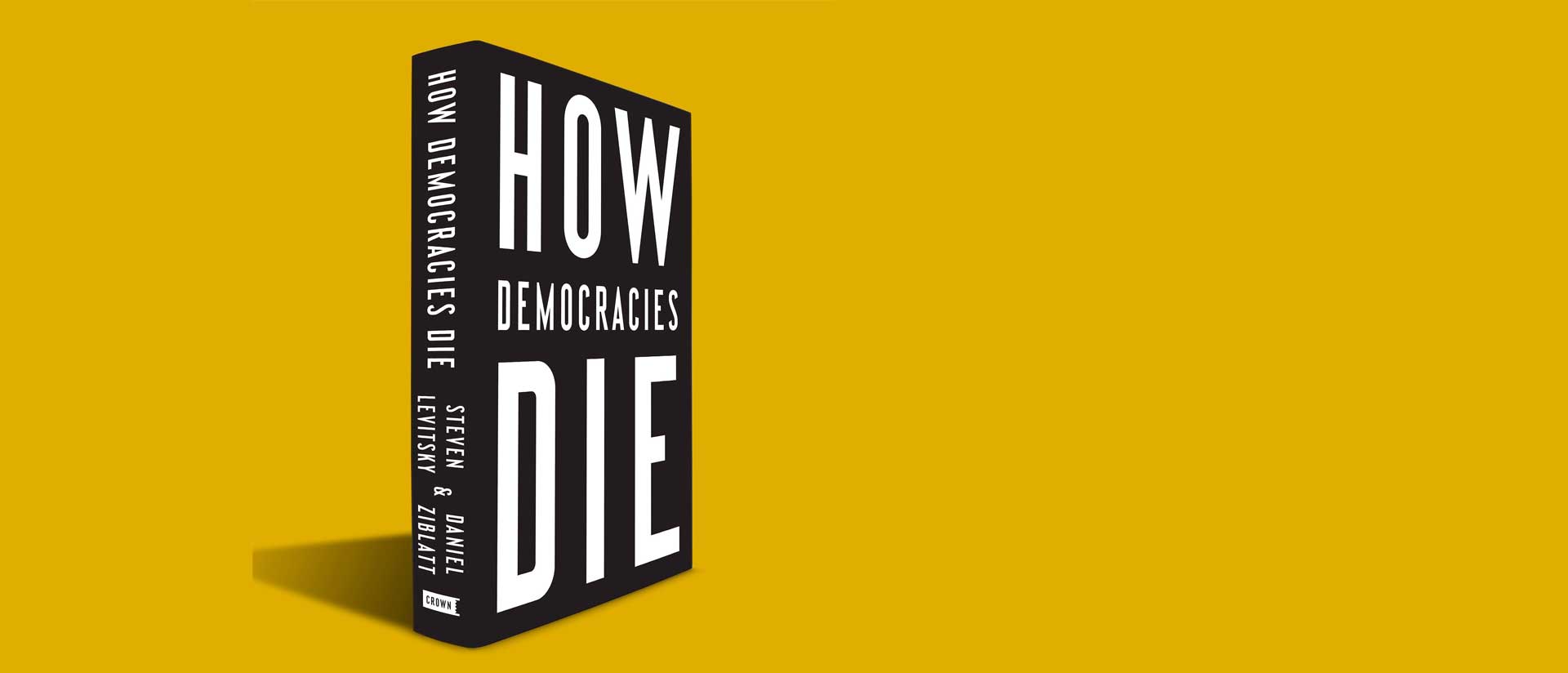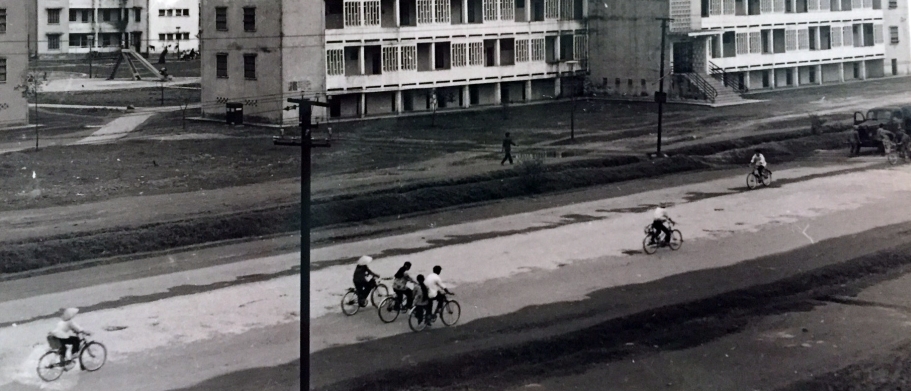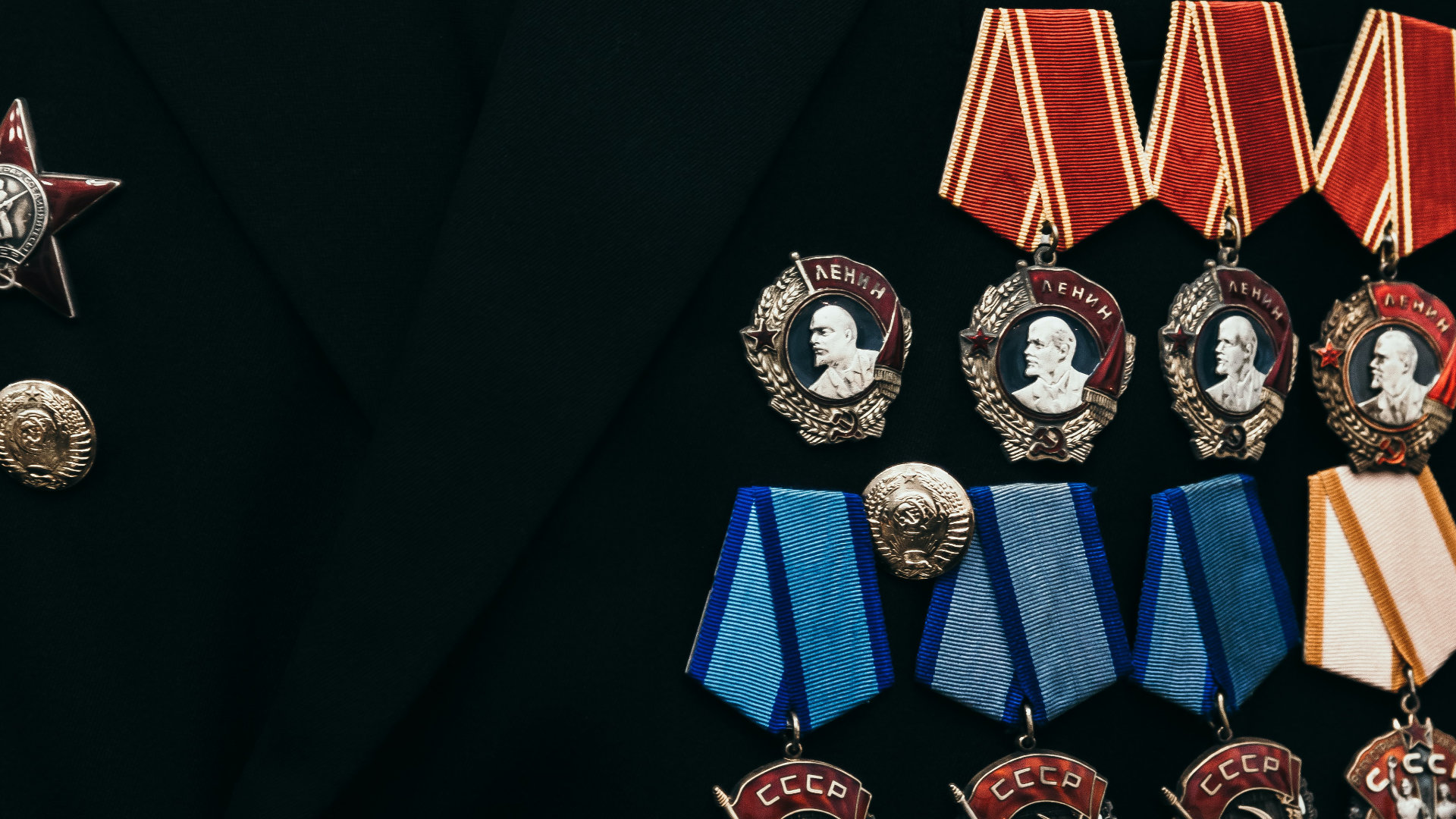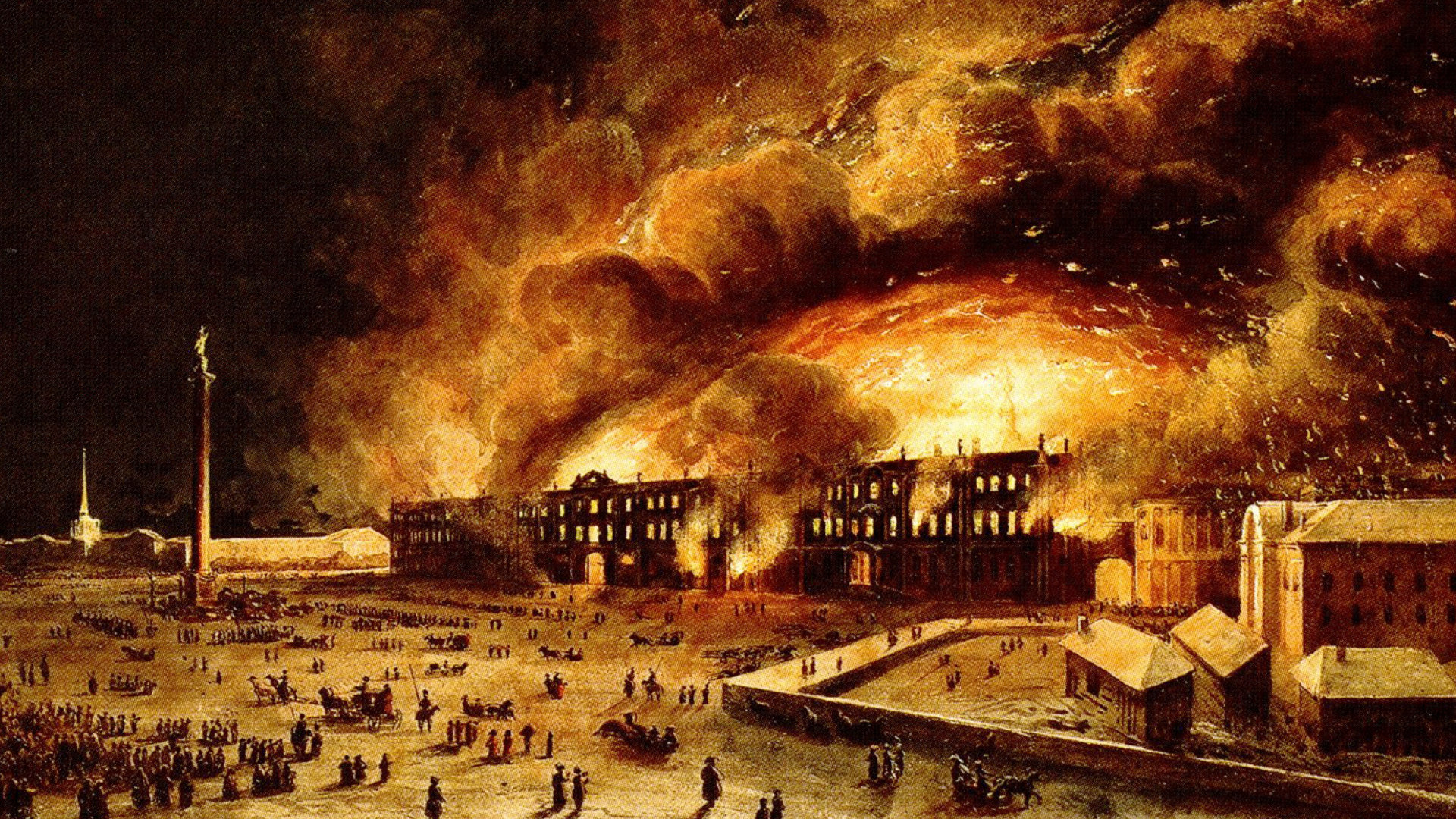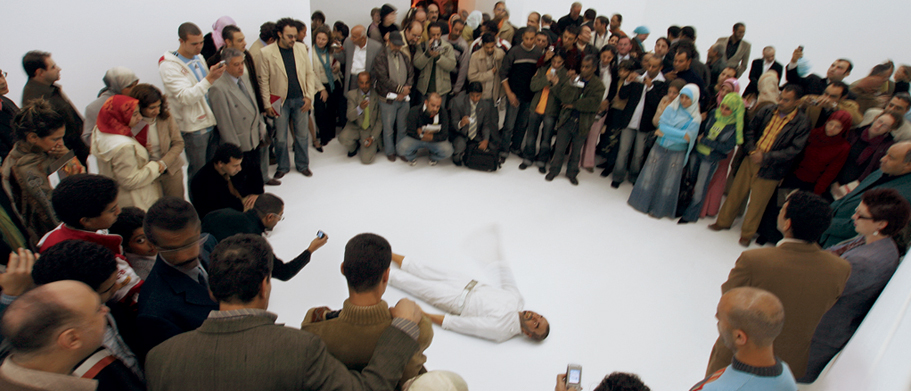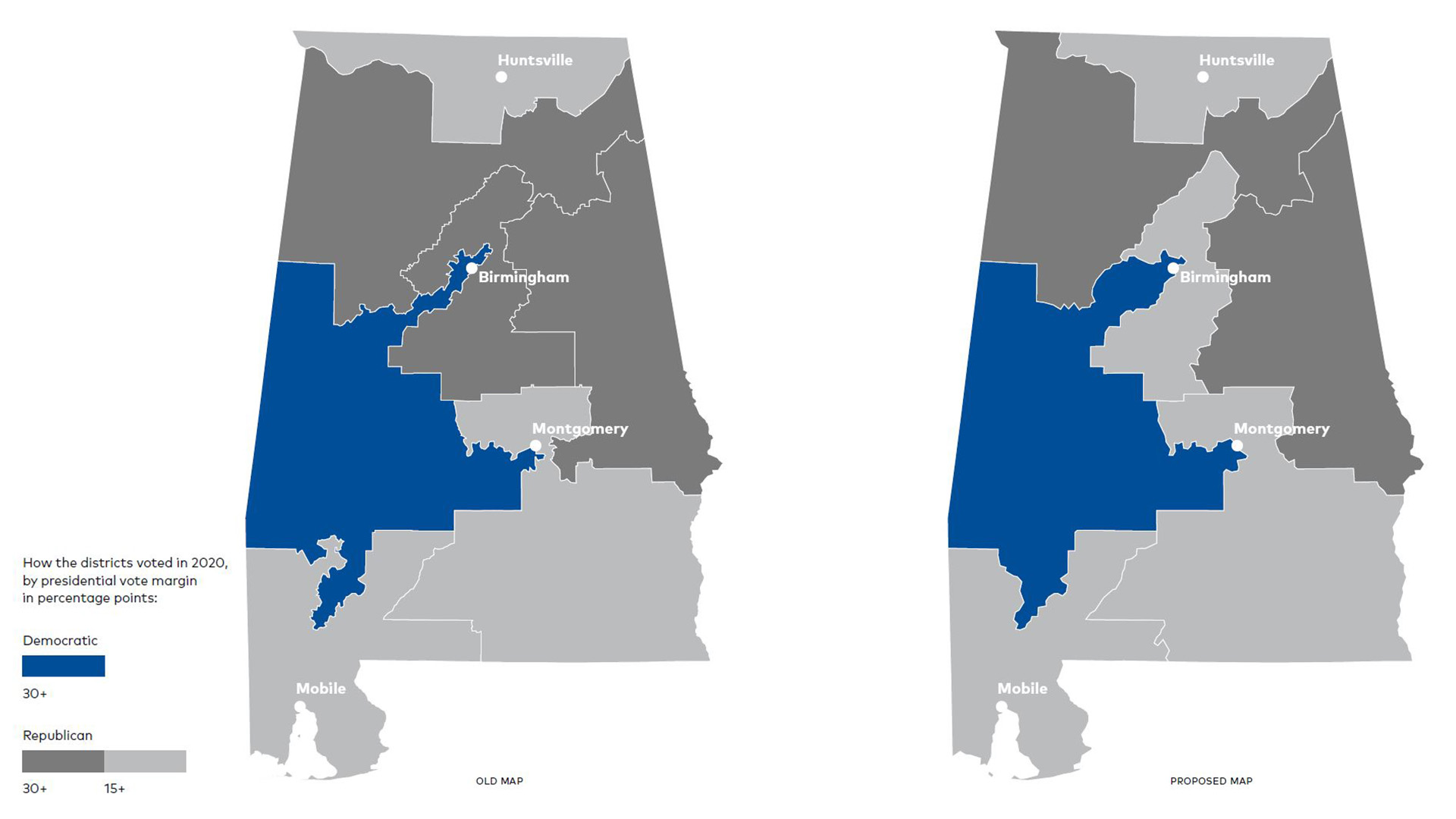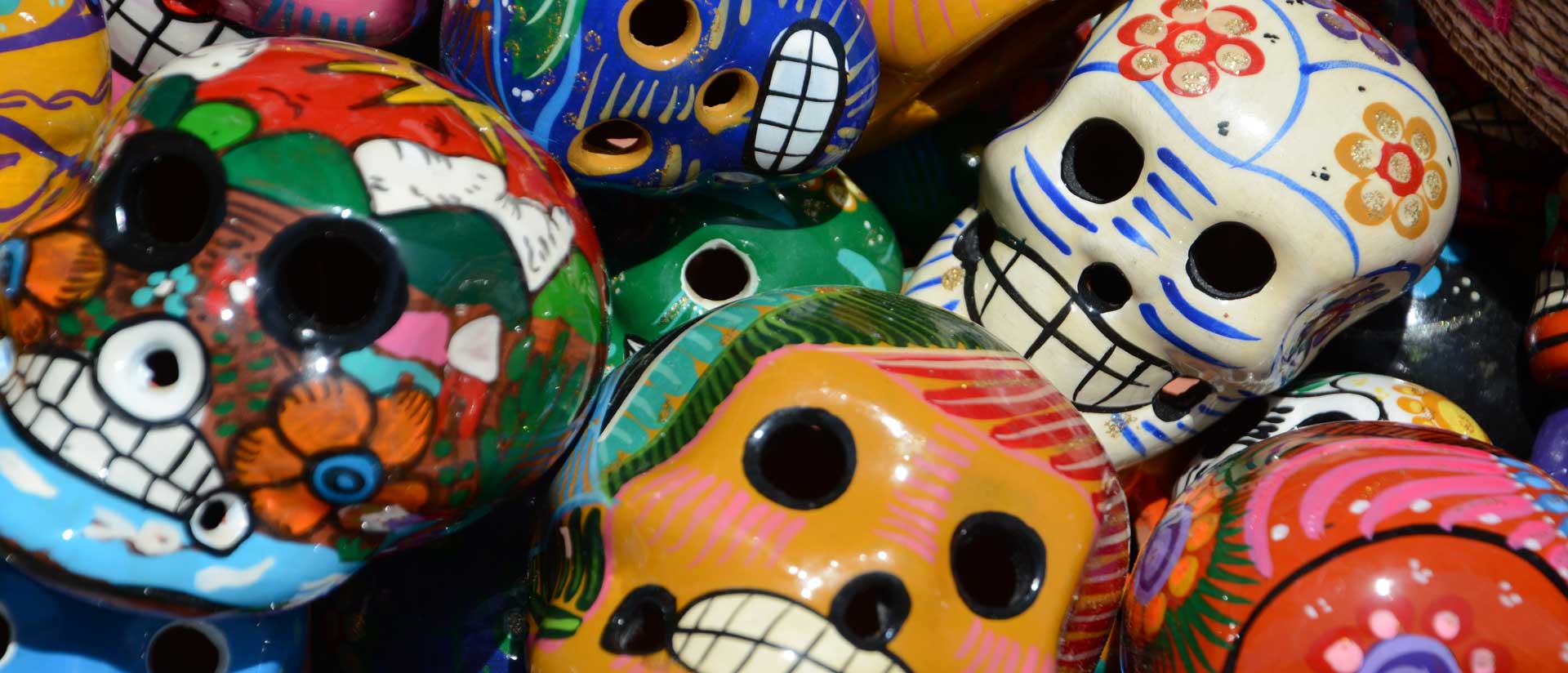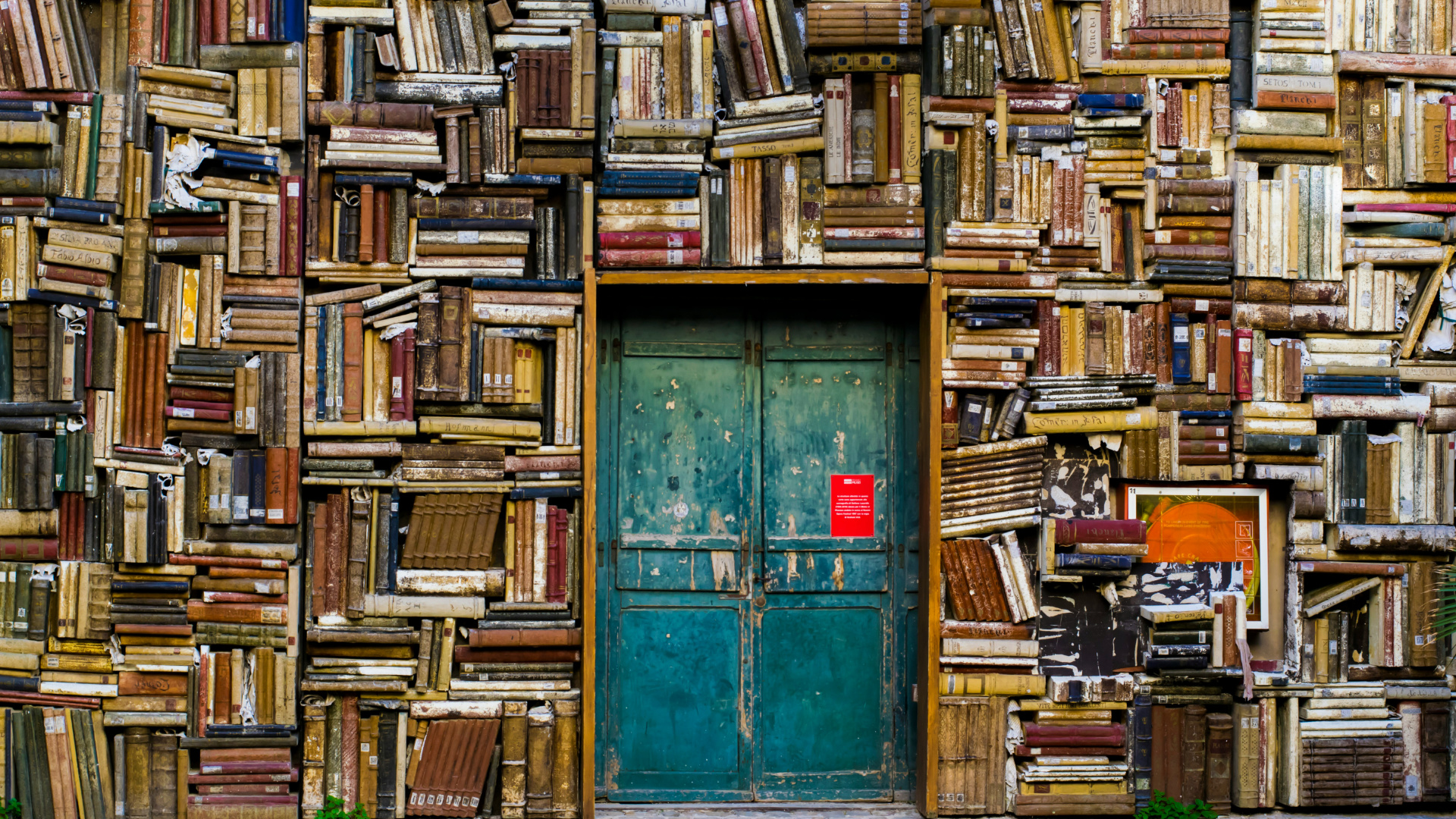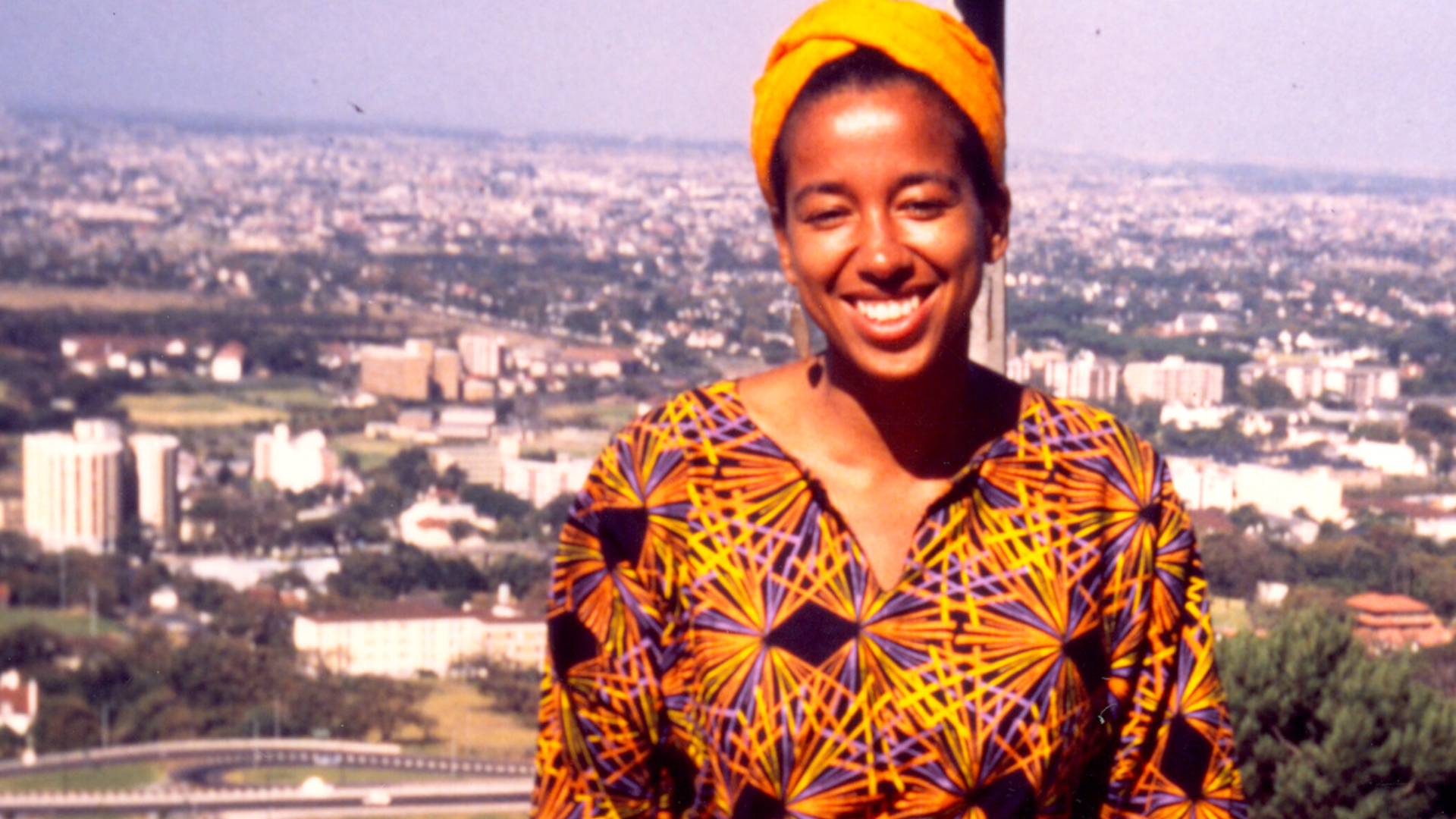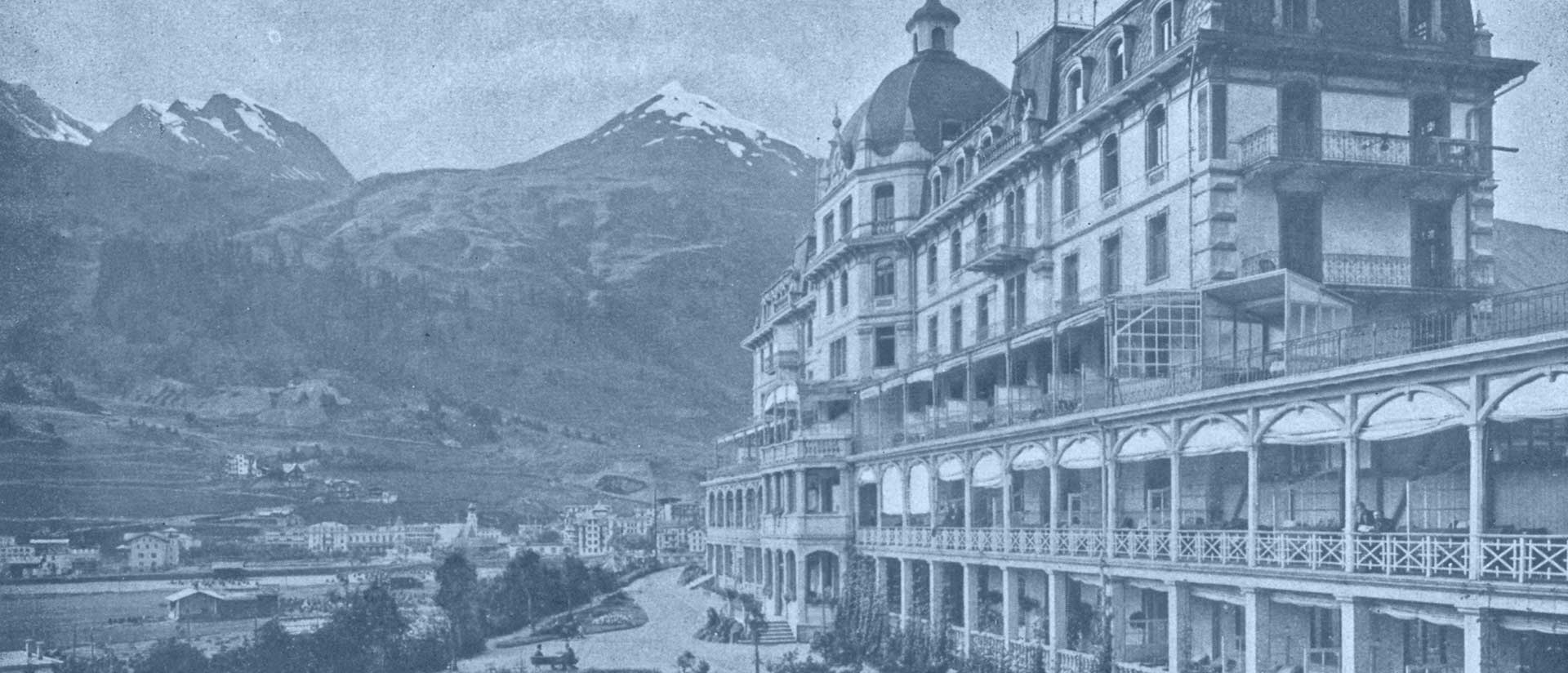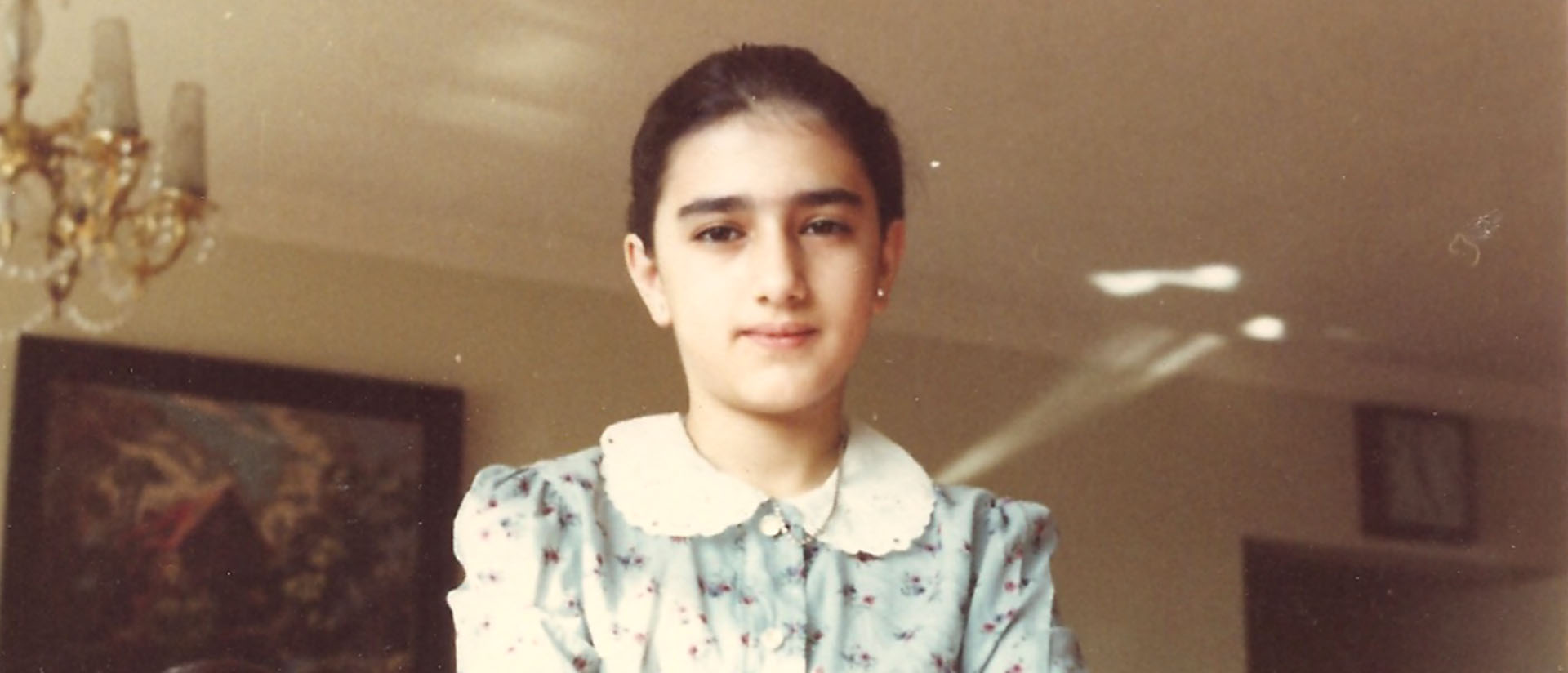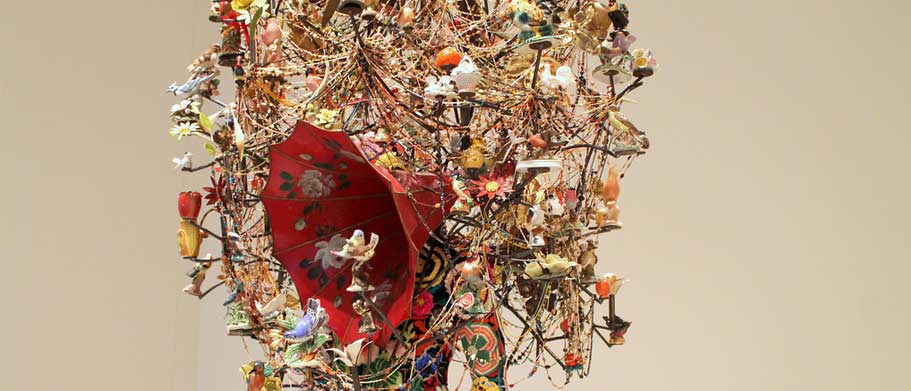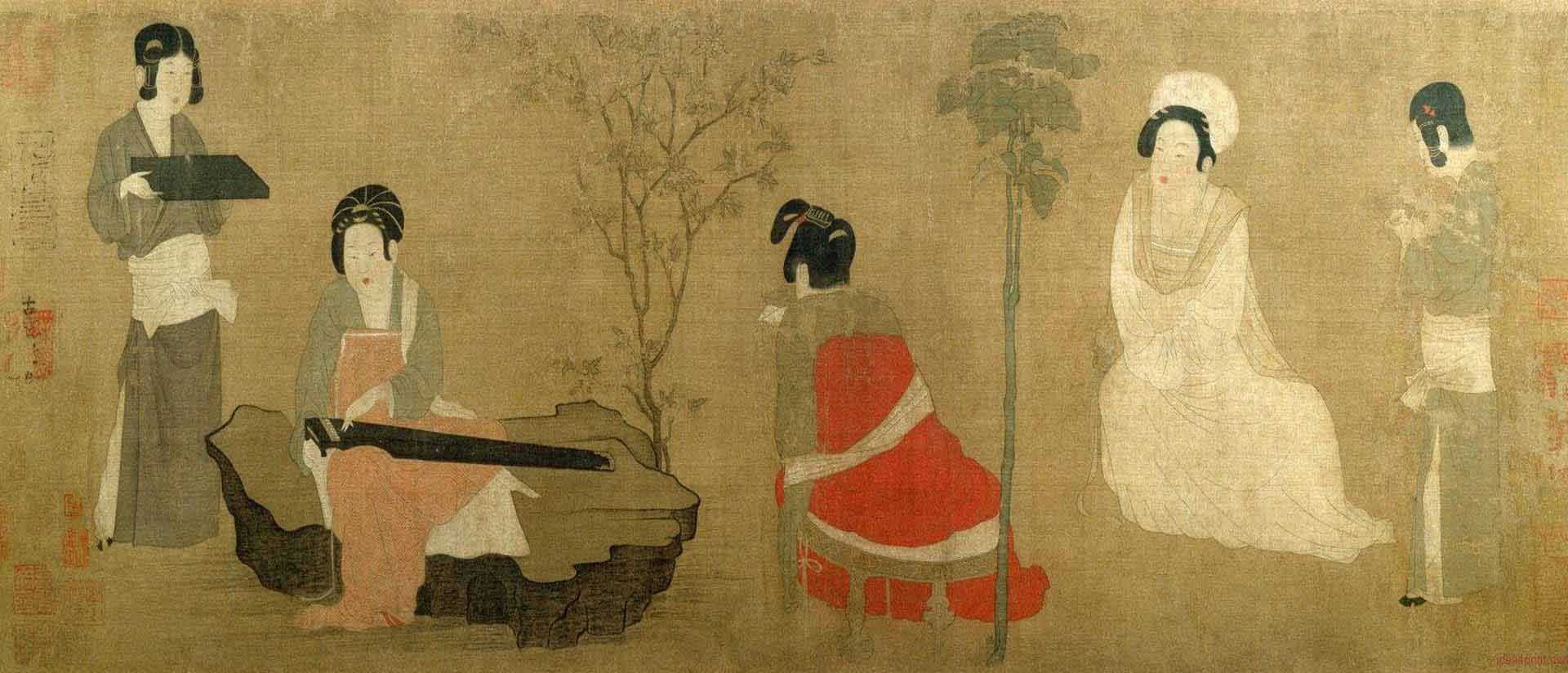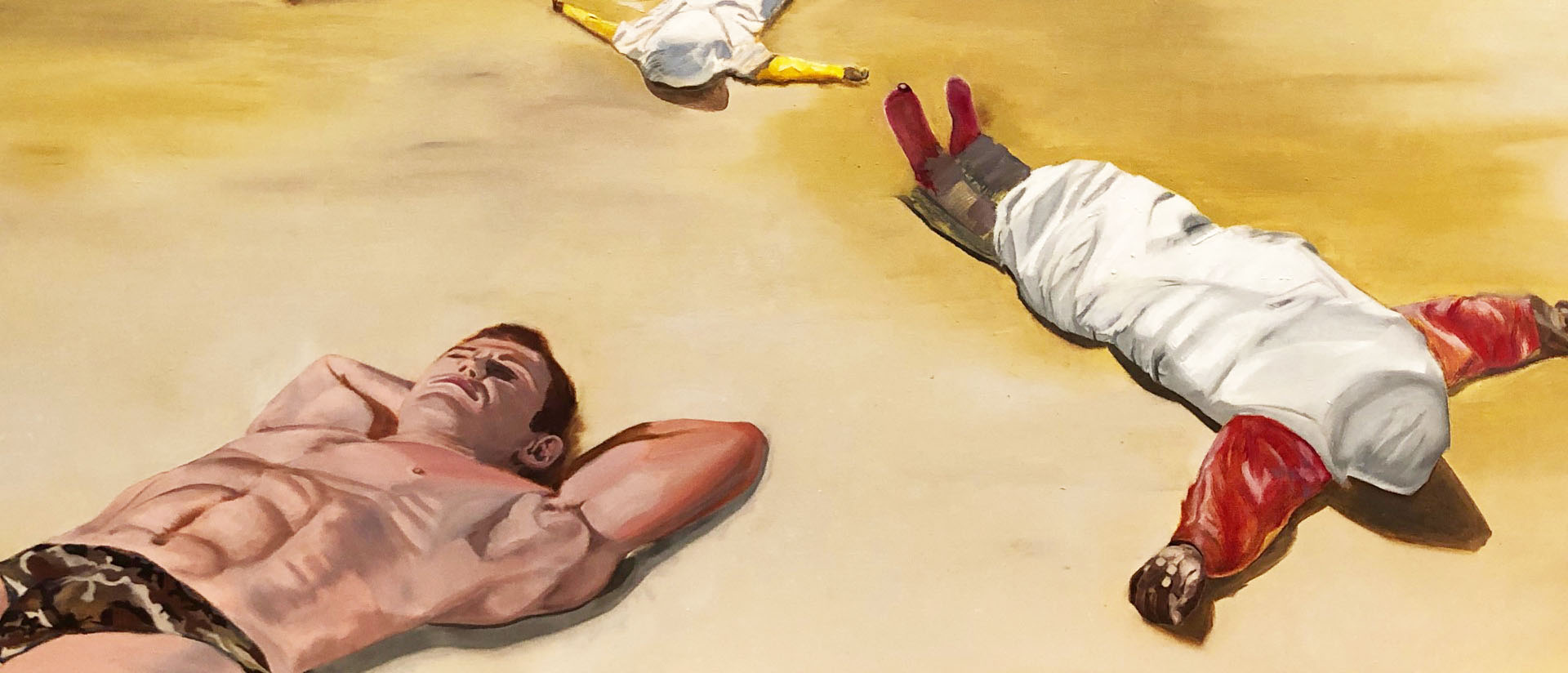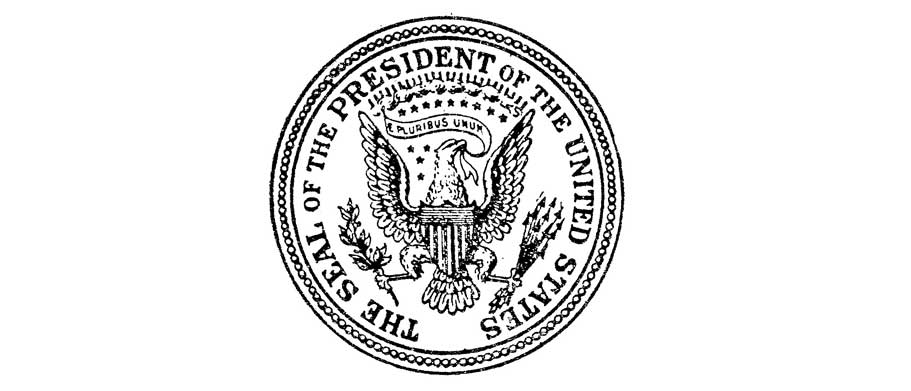
Tangible Knowledge
Climate change in pastoral Mongolia
By Iza Ding
OYUNAA IS A TINY LADY. She is south of five feet and north of her seventies. She runs a restaurant called Tsainy Gazar (Tea Station) out of her home, which sits in the Argalant Soum Stop Center on Saddle Road highway. In June 2023, my friend Tsermaa and I visited Oyunaa on our way to Hustai National Park, one hundred kilometers west of the Mongolian capital city of Ulaanbaatar, where we’ve been conducting our respective field research.
We enter Tsainy Gazar at an early hour. Oyunaa pokes her head out of the kitchen, then quickly retreats into her chambers, mumbling that her hair and clothes weren’t right. Twenty minutes later, she reemerges with freshly painted eyebrows, pink lips, gold earrings, updone hair, and a long white floral dress. Oyunaa waltzes around her restaurant—her living room—effortlessly, shuffling things around, pulling chairs over next to the long dining table, planting before us bowls of mare yogurt—a typical Mongolian treat for guests—and an even bigger bowl of sugar to go with our yogurt. A Genghis Khan portrait presides over the entire room. Other than the great Khan, there are no men in the house.
Oyunaa’s unassuming size and demeanor belies the fact that she is one of the most powerful people in Argalant Soum. (Soum is the Mongolian equivalent of a US county or Chinese city, the administrative unit below province-level. There are 331 soums in Mongolia.) She is a leader of one of the soum’s eight herder groups. Her herder group, 75 strong—45 male and 30 female—roams over the rangeland in the White Mountains. She is the central node in Argarlant Soum’s social web, the conveyer belt of information, the organizer of social and political events, and the solver of what social scientists call “collective action problems.” Her little restaurant operates as the Mongolian People’s Party’s campaign headquarters during election time. Her political role? “I tell people who to vote for.”
I perform my submission to this tiny matriarch by downing the entire bowl of mare yogurt and fried mutton huushurs prepared by her helpers. Thus commences our conversation.
Oyunaa hails from the northern province of Khuvsgul, on the Russian border. Her parents were herders. She started helping them even before elementary school and developed the ability to identify every sheep in the herd and to locate foreign sheep that got accidentally mixed up in their family’s herd.
As a teenager, Oyunaa moved to Erdenet, the second largest city in Mongolia. Erdenet appeared on the map in the 1970s, when copper deposits were discovered in the area. Oyunaa worked there at a wood factory. When communism fell, the wood factory closed its doors. Oyunaa moved to Argalant to become a herder, acquiring thirty cows and one hundred sheep and goats over time. She also married and started a big family.
Life was difficult with seven kids. “There was nothing but salt, flour, and rice.” But Oyunaa is a survivor. She was the first in the area to start a restaurant business, first to embrace intensive livestock husbandry, and first to experiment with agriculture—growing cucumber, tomato, and green peppers in her ever-expanding greenhouse. She is valued for her fighting spirit and was selected as the leader of her herder group in 2010.
For the past few summers, I have been traveling to Mongolia to study its pastoral population. I forayed into this “exotic” land through a mix of serendipitous reading, whimsical adventurism, and perhaps the same kind of orientalist expectations that direct many others here.
Everything I subsequently learned has been unexpected. Mongolia has made many of the theories and concepts I’ve been teaching students in political science courses in the United States seem absurd. I have been overwhelmed by the economic, social, and environmental precariousness that challenges this otherwise vibrant democracy landlocked between Russia and China.
Mongolia has made many of the theories and concepts I’ve been teaching students in political science courses in the United States seem absurd.
One of those challenges is climate change. There is absolutely no question, to any scholar or lay observer, that climate change is disproportionally affecting Mongolia. Mongolia’s rates of warming far exceed the global average, causing stress to its fragile ecosystems and to all those who rely on nature for their livelihood. Mongolia ranks fifty-ninth on the University of Notre Dame Global Adaptation Index (ND-GAIN)—a surprisingly strong ranking given actual vulnerabilities observed on the ground. But its “Human Habitat” score, defined as “a country’s vulnerability of human living conditions to climate change,” ranks one-hundred-seventy-fifth out of 192 countries measured.
The most vulnerable population in Mongolia is its herders. Despite rapid urbanization and the rise of mining, herding remains an important source of subsistence for much of the country’s population. Animal products constitute ten percent of the nation’s exports.
Like every herder I talk to, Oyunaa recounts the deterioration of environmental conditions in recent years. There have been droughts and floods in succession. And then there are the dzuds: extreme weather events, usually a frigid winter followed by an arid summer, which decimate livestock.
“We have less rain, but more cold rain. Summer is shorter: spring shifts to fall instead of summer, which is the good season because it allows grass to grow.”
Herders develop an amazing ability to feel the environment around them. Even while they sit with me inside their yurts, half of their attention would be outside with the sky and the animals. Often, they pause the interview to check on a sudden gust, to milk the horses at the appropriate hour, or to nudge a cow that refuses to cross the road. Years of working with the land and animals has gifted them the ability to know exactly which plant is supposed to grow during which week of the year and at what temperature. They can describe the right shape of water flow in the rivers and how it has changed. They regale me with stories of snowstorms, of animals perishing from bitter cold while standing, and of sheep and goats so hungry they resorted to eating rodents.
Years of working with the land and animals has gifted them the ability to know exactly which plant is supposed to grow during which week of the year and at what temperature.
Yet what astonished me the most during these interviews is that almost no one was able to answer the simple, direct question I ventured into the Mongolian steppe to ask: “Can you tell me about climate change?”
Wait, what?
Let me repeat this. When I asked herders if they could tell me about climate change, or if they had heard of climate change, their answer was usually a head shake.
A typical conversation would go as follows. I ask the interviewee: “Can you tell me what you know about climate change?” The answer: “I don’t know much.” Minutes later, the interviewee says: “We used to move three to four times a year. But nowadays the climate is bad, so we move more times.”
Another question I raised with every interviewee was: “Have you heard of the Paris Agreement?” Only two people said yes to this question. One is a biologist at the Hustai National Park. The other is Oyunaa, our diminutive matriarch.
A seasoned interviewer double checks every “yes” they get, which is what I do with Oyunaa. I ask her if she could tell me about the Paris Agreement. Only then does she suddenly become quiet for the first time in our conversation. I realize that Oyunaa in fact has not heard of the Paris Agreement and only said yes because a powerful person like her shouldn’t have anything they don’t know or can’t do. As we all sometimes do, her original “yes, I know” is to save face.
So how come a population that is most vulnerable to climate change doesn’t know anything about it, or doesn’t acknowledge its severity?
My political science training tells me that it’s because Mongolia is poor. As a college student at the University of Michigan in Ann Arbor, I studied with the late Ronald Inglehart, who was as supportive as he was brilliant. Ron and his colleague Christian Welzel wrote a book called Modernization, Cultural Change, and Democracy: The Human Development Sequence (Cambridge University Press, 2005), in which they argue that as societies get richer, their dominant values change from “survival” to “post-material,” or “self-expressive,” which makes people demand democracy.
One of these “self-expression values” that follows economic development is environmentalism. Inglehart and Welzel write: “In most societies, the Green activists are mainly postmaterialists, and it seems unlikely that Green parties or environmental movements would have emerged without the intergenerational cultural changes that gave rise to a postindustrial worldview that reflects an increased awareness of ecological risks.”
Mongolia was not mentioned in the book, but according to the logic of modernization theory, herders in Mongolia lack knowledge about climate change because they are focused on surviving. Their cluelessness is in spite of their own vulnerability to climate change.
But are the herders really clueless? If so, why is it that over and over again I hear:
“Rangeland is degrading.”
“Weather is worsening.”
“. . . stronger and more frequent winds.”
“Plants are becoming more sensitive to parasites.”
“August was summer and now August is fall.”
“There is less rain in the spring and more rain in the fall. So livestock cannot fatten up because there is not enough grass in the summer.”
“What will happen to young herders?”
I doubt many college-educated liberals living in the OECD world voting for green parties could get so detailed and empirical about “climate change” as these Mongolian herders do. Herders know better than anybody else about the climbing of temperature, the drying of rangeland, the flooding of rivers, the dwindling of plant and animal species, and the unfolding collapse of ecosystems. It didn’t take me much time to realize that it’s not that herders are oblivious or nonchalant about the consequences of climate change; it’s just that they have never heard the phrases “climate change,” or “global warming,” or “renewable energy”—all foreign jargon translated from English.
Herders know better than anybody else about the climbing of temperature, the drying of rangeland, the flooding of rivers, the dwindling of plant and animal species, and the unfolding collapse of ecosystems.
After this realization, I had numerous conversations with colleagues conducting fieldwork in the Global South, and they shared with me similar observations. People who are frontline witnesses of climate change are not indifferent to climate change because they are unenlightened. They just don’t talk and think about climate change using the same jargon that Western scholars do.
When we approach herders with standardized survey questions such as “should the environment or the economy be given priority?,” no answer makes sense because the question makes no sense. For many of the most immediate victims of climate change, the economy is the environment, and the postmaterial is material. No wonder the World Value Survey shows that people in Bangladesh, the Maldives, and Pakistan care less about the environment than Americans, Brits, and Canadians. To conclude from this that rich nations, which tend to be English-speaking and better educated, care more because they are more liberal and enlightened is nothing short of an intellectual disaster.
I WALKED AWAY FROM these interviews feeling that something is off with our master narratives in social science in general and in climate-change communication in particular. I started to ponder what exactly “knowledge” is, and how we actually know if one person is more knowledgeable than another. In my past research, I’ve argued for the importance of education to encourage concern for environment degradation and climate change. But what exactly does education do? What exactly are we teaching? Education gives people knowledge, but it also gives them the lexicon that helps them appear as if they are in the know. But do they really know, or do they just know exactly what to say to appear as if they know to others in the know?
This is not just my sentimental musing. It has real-world implications. It shapes our predilection toward “the Global South” and our “policy solutions” for their problems. I can’t repeat enough the complaints I’ve heard about international experts and organizations in Ulaanbaatar, sometimes by people who conduct research for these international experts. It’s not uncommon to witness situations where the teacher should in fact be the student, the enlightened who most need enlightenment.
Most importantly, if there is a problem, what’s the solution? How to resist the master narratives in social science without resisting science itself? This is perhaps the hardest question for scholars with postmodern sensibilities. Deconstruction is the necessary first step, but what follows? Surely (hopefully) nobody is advocating the abandonment of the scientific method, or the total obliteration of standardized surveys, or of any abstraction whatsoever, or of language that is clear rather than obscure.
For those who believe that there is such a thing as objective truth, how do we improve our methods and epistemology to get us closer to, instead of farther away from, that truth? That is the question for my generation of responsible social scientists.
This article appears in the 2024-25 Berlin Journal (38).
Photo: Herder couple on their morning rounds, Ogi Nuur, Mongolia, July 2022. Photo: Iza Ding


